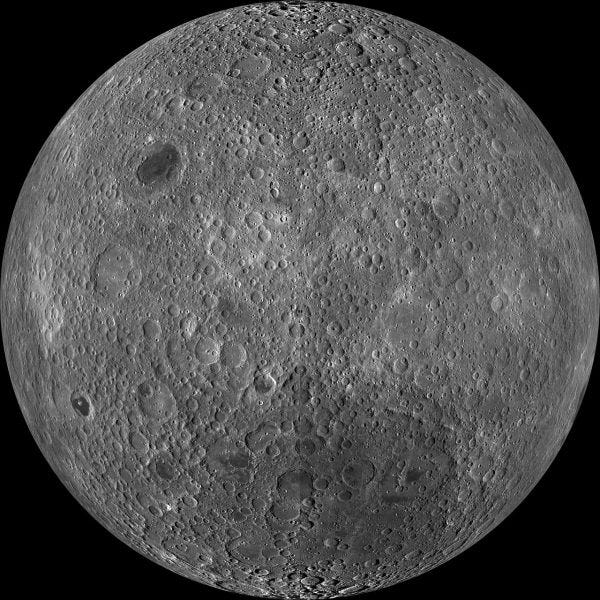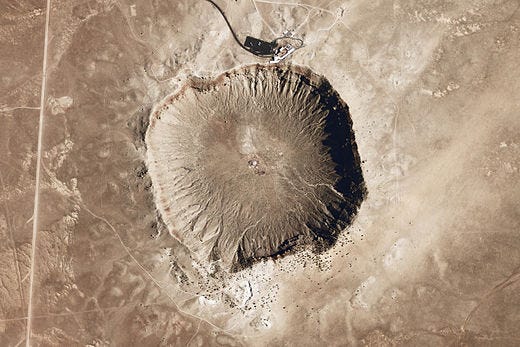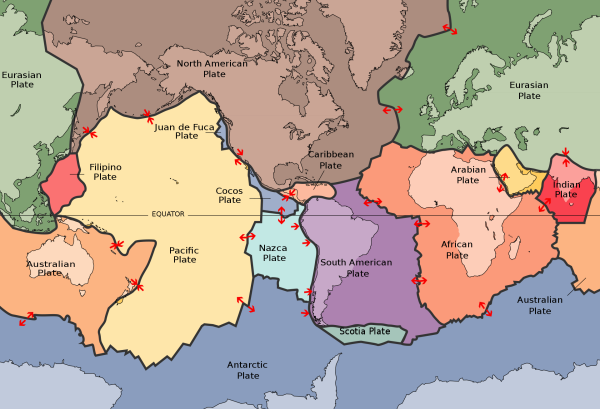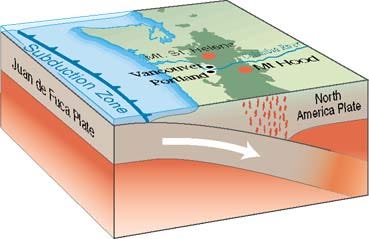The Moon and Earth are close neighbors, but they look very different. From space, the Earth is blue with water, white with clouds and snow, and has green foliage covering much of its continental area. The Moon, on the other hand, is gray. Lighter gray, darker gray. Its most notable surface features are thousands of craters. It looks like every inch of its surface has been battered and beaten. Why isn’t the Earth cratered like the Moon? There are five main reasons, many of which are interconnected.
1. Atmosphere. The Earth has an atmosphere that not only makes life on our planet possible, but it protects us from impacts, acting like a layer of bubble wrap against meteors. Have you ever watched a meteor shower? Those streaks of light are bits of rock that are burning up as they pass through the layer of air surrounding Earth. Because of the high speed of the fragments and the density of the air particles, there is a lot of friction. Rub your hands together really fast, and you can feel what happens when friction increases: things can get really hot! These fragments get hot enough to burn up in the atmosphere completely, so most of them never reach Earth. Sometimes, larger things can make it through, like what happened in Chelyabinsk, Russia, in 2013, and Tunguska, Russia, in 1908. At times during Earth’s history, some really big things have made it through, like the asteroid or comet that caused the extinction of the dinosaurs (and about 75% of the rest of living creatures) about 70 million years ago. These occurrences are rare, but they do happen, which is one reason for NASA’s DART mission.
The Moon has no real atmosphere to speak of. When chunks of rock come hurtling from space at high speeds, the only thing to stop them is the surface of the Moon itself. Things that would easily burn up in Earth’s atmosphere crash down on the Moon’s surface at high speeds and cause craters.
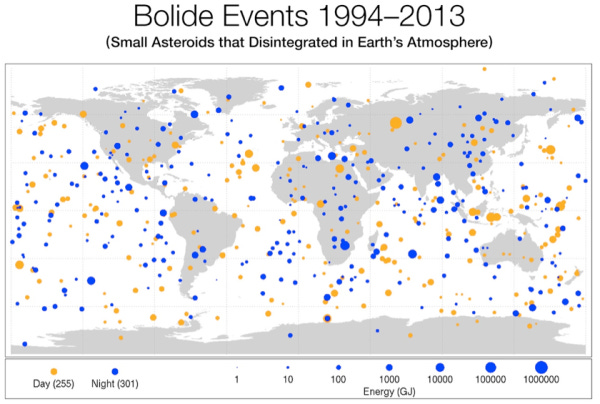
2. Life. The Moon is so pock-marked, it seems like impacts should be happening constantly. On Earth, however, we have only experienced a couple of impacts (and even these exploded before they hit the ground, not really causing a crater) during the last hundred years. The largest crater—indeed, the only one most people are familiar with—in the United States is Barringer Crater in Arizona, and that happened about 50,000 years ago. There are craters in Australia that are billions of years old. Both these places have little plant growth, as they are in desert areas. Other places on Earth, however, have abundant plant life that covers the ground. This can disguise the presence of craters, whereas on the Moon, there is nothing to cover them up. Plants can also break down the ground beneath them with their roots over time, destroying even more evidence of craters.
3. Erosion. The Earth has air and water moving over it all the time. Moving air (wind) and water can break down natural features over time. If an asteroid hit Earth a billion years ago, over time the crater could wear down to become unrecognizable because of erosion. Because we have had ice ages that covered much of the planet with a layer of glaciers, and these glaciers flowed, dragging giant boulders with them, this also scoured the Earth of many of its features from before the ice age. The Moon has no air or liquid water on its surface, and so has nothing to wear away at these craters. Once a crater is formed, it’s there until it gets disturbed by another impact. That’s why it looks like the Moon has craters on top of craters—because it does!
4. Oceans. More than 70% of the Earth is covered by ocean, rendering what is below invisible to our eyes. We know there are in fact craters under the ocean, but they are hard to study. Recently, we’ve been able to use satellite-based imagery and boat-based instrumentation to image the ocean floor and have discovered features in this way. There are craters in the Chesapeake Bay and off the Yucatan Peninsula. Under the Indian Ocean, there is a crater that is 29 km across that scientists suspect is from an impact. With so much of the Earth’s surface covered, it’s hard to tell its impact history. All the craters on the Moon are just out there for everyone to see.
5. Plate Tectonics. The surface of the Earth is constantly being recycled by a process called plate tectonics. Earth’s crust is divided up into different plates. At the boundaries of these plates, the crust grinds together, one plate might go under another and melt, and new material might come up from far below the Earth’s surface. This system of melting and reforming means that many impact craters have been subducted (sunk under another plate) and melted, leaving no sign of its existence. Subduction also creates volcanoes, whose lava flows also contribute to melting and covering up craters. This same process of tectonics is what causes the continents to “drift,” to go in cycles of being a large supercontinent like Pangaea to being separate continents, and back again. The Earth basically gets repaved, and we will never know how many impact craters have disappeared in this way. The Moon is “dead” in this way. It has no plate tectonics, and so once again, it keeps its perfect record of impacts. The only way the Moon is resurfaced is if an impact occurs and melts the surrounding area.
There is so much more to learn about impacts and the related topics discussed in this article. Try Googling and see what you can find!




